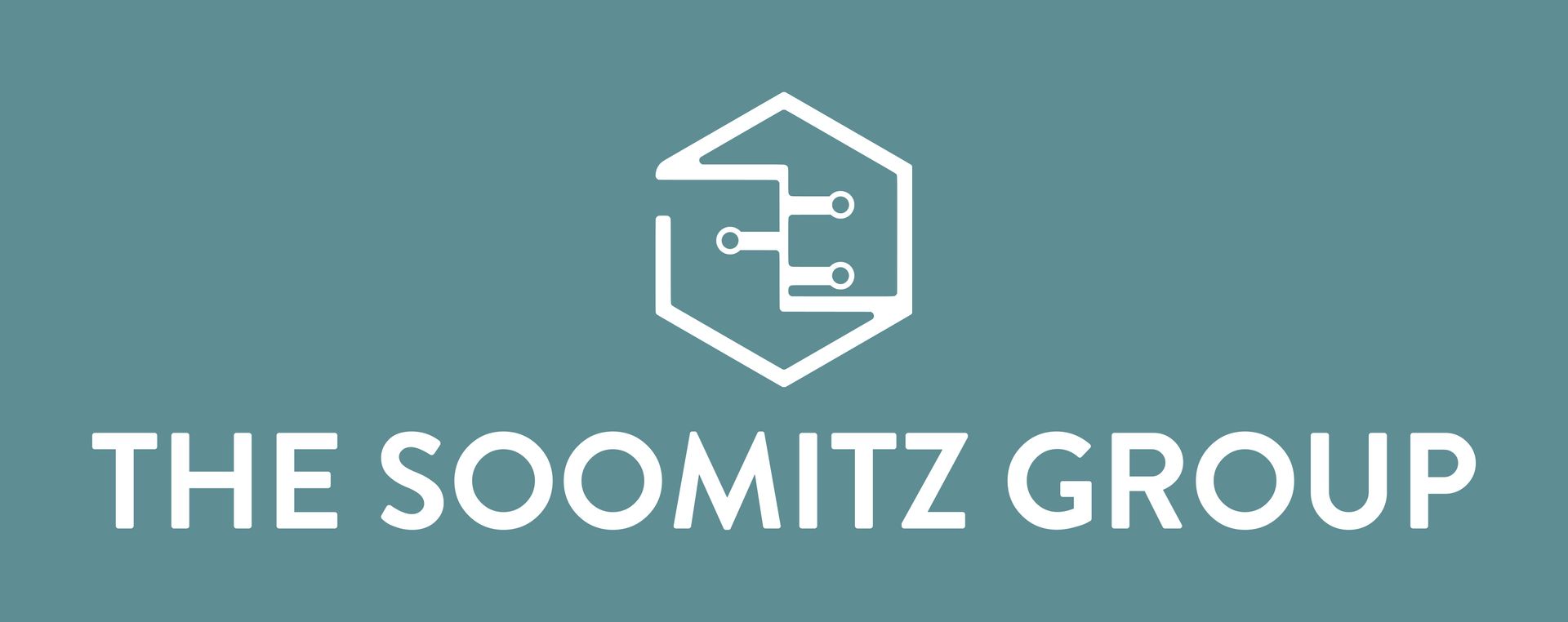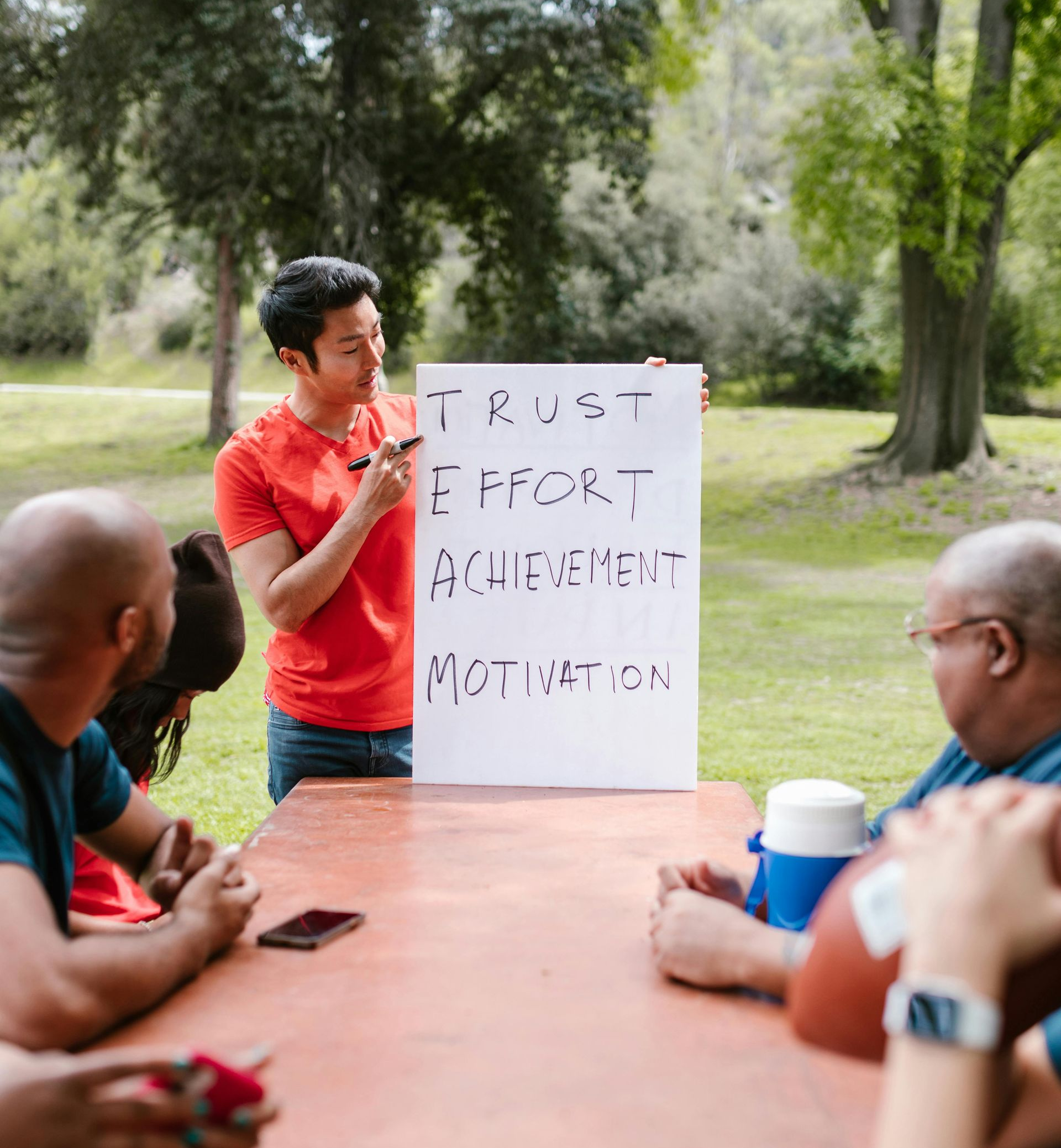The Accountability Gap: Busy Teams, Unclear Ownership
How to reestablish clarity when everyone’s working hard but progress stalls

At this point in the year, most teams are running full speed. Calendars are full, deliverables are stacking up, and everyone looks busy. Yet, leaders often notice a strange tension where work is happening, but results are inconsistent. Tasks fall between the cracks, and momentum slows down.
This is the accountability gap: when effort is high, but ownership is unclear.
It’s not a sign of laziness or lack of commitment. It’s a natural result of how teams operate under pressure. When priorities shift quickly, communication becomes fragmented, and assumptions take the place of clarity.
Why Accountability Feels Like Pressure
The word “accountability” can trigger mixed emotions. For some, it feels like a demand for results they can’t fully control. For others, it’s tied to blame rather than empowerment.
The real challenge is that accountability has become confused with oversight. Many teams interpret it as monitoring, rather than shared ownership. That perception turns what should be a confidence-building system into something that feels restrictive or punitive.
Leaders can change that dynamic by reframing accountability as clarity, not control.
Reframing Accountability as Clarity and Ownership
When people understand what they’re accountable for and why it matters, they naturally take ownership. It’s not about adding more meetings or reports. It’s about removing confusion.
Here’s an example:
A cross-department project is lagging. Everyone attends the weekly call, but no one updates the shared tracker. When asked, each person says, “I thought someone else was handling that.” The project isn’t failing because of a lack of skill. It’s failing because ownership isn’t explicit.
Now imagine resetting that same project with these simple steps:
- Each task has one clear owner (not two or three).
- That owner gives a quick update >done, next, or blocked< every week.
- Leaders focus meetings on resolving what’s blocked, not reviewing what’s already visible.
Within two weeks, communication improves, and accountability starts to feel lighter instead of heavier. The structure builds autonomy rather than pressure.
Three Moves to Build Accountability Without Micromanagement
1. Clarify the “why” and the “who.”
Every deliverable should connect to a specific outcome and have one named owner. Shared responsibility often leads to silent stalls.
2. Make updates visible, not verbal.
Replace endless status discussions with a visible tracker. When everyone can see what’s in progress, leaders can support rather than chase.
3. Recognize progress publicly.
Acknowledging consistent follow-through reinforces the behavior you want to see. People protect what gets noticed.
These steps reduce the burden of managing and increase the team’s sense of control. Accountability becomes something people participate in, not something that’s done to them.
Final Thought
Busy teams don’t fail because they don’t care. They struggle when clarity fades. When accountability is built around visibility and ownership, progress feels smoother and results become predictable.
Think about, what's the one area of your team’s work could benefit from clearer ownership this month?
At The Soomitz Group, our practical workshops focus on project management techniques that operational teams can use to deliver on their critical initiatives.
Let’s talk about how we can help your team strengthen accountability and finish the year strong.










